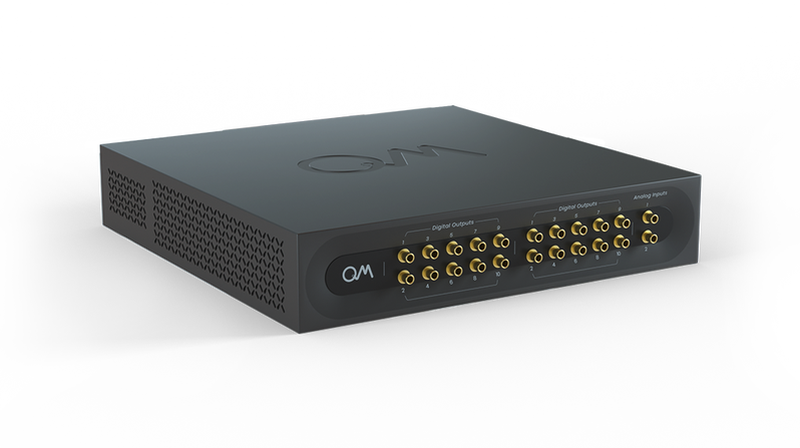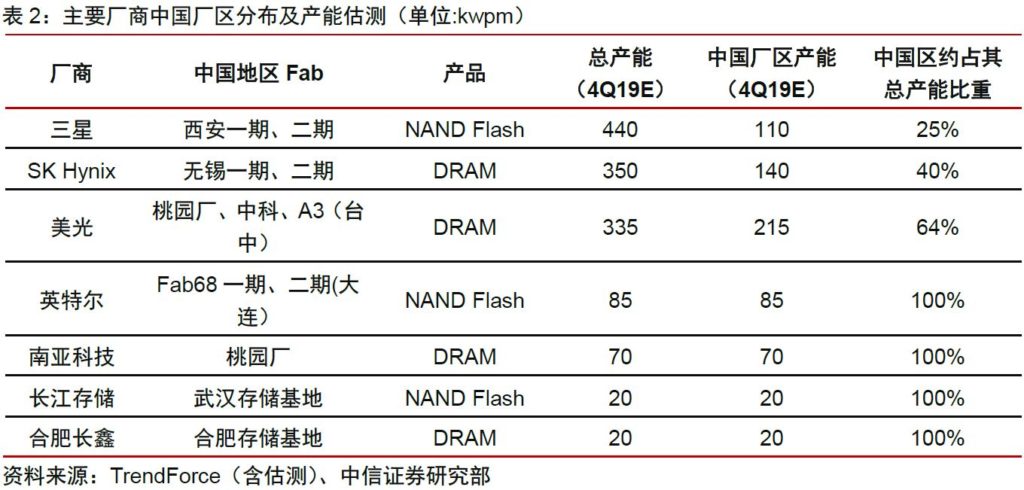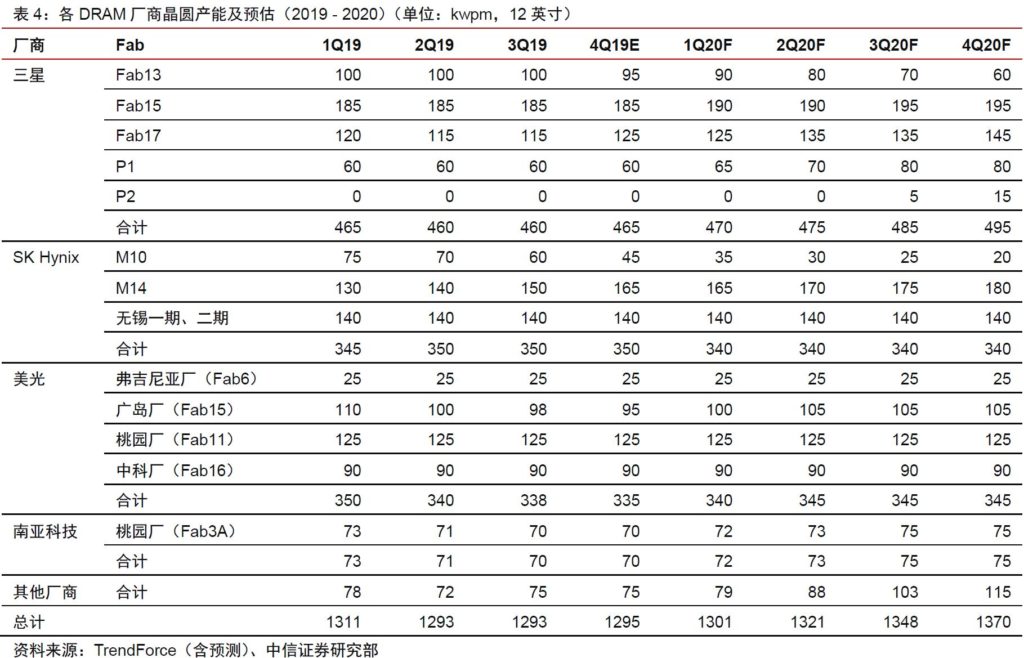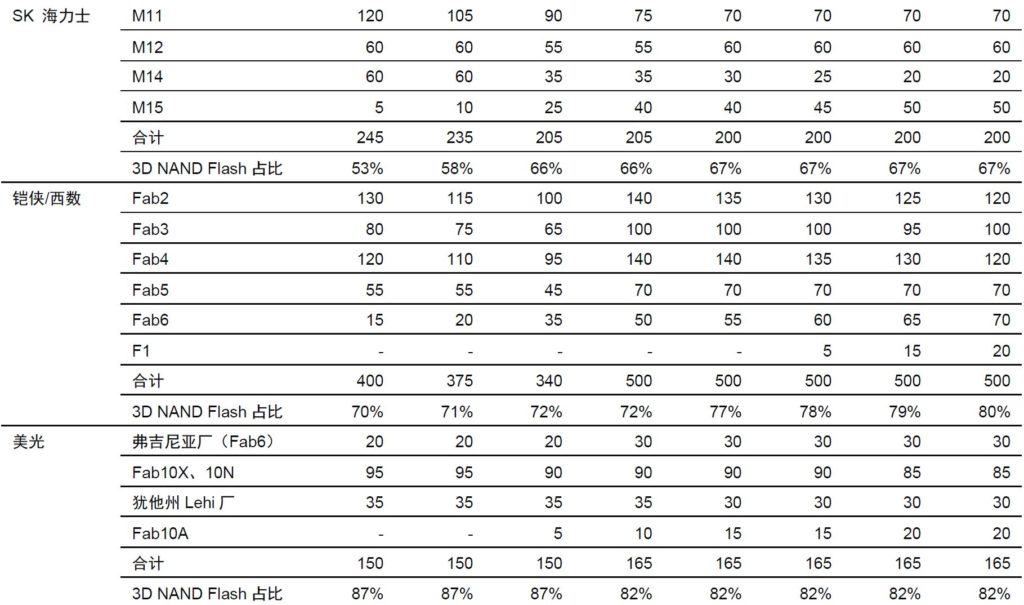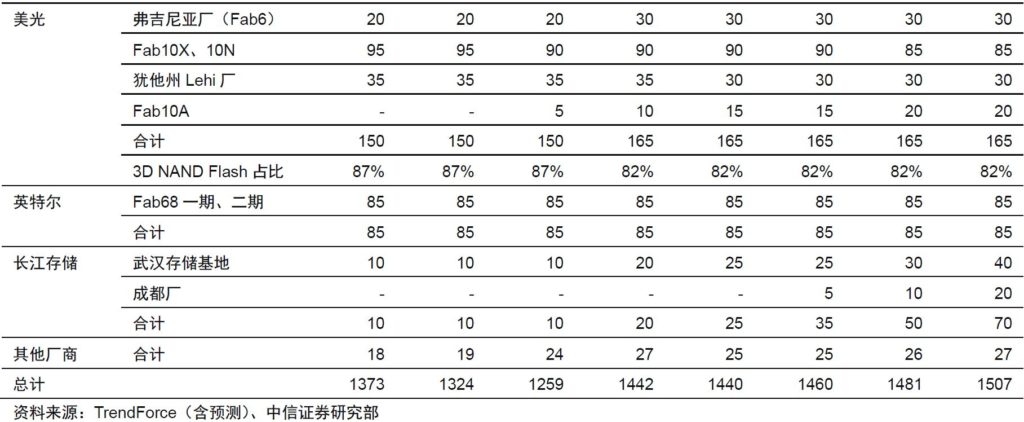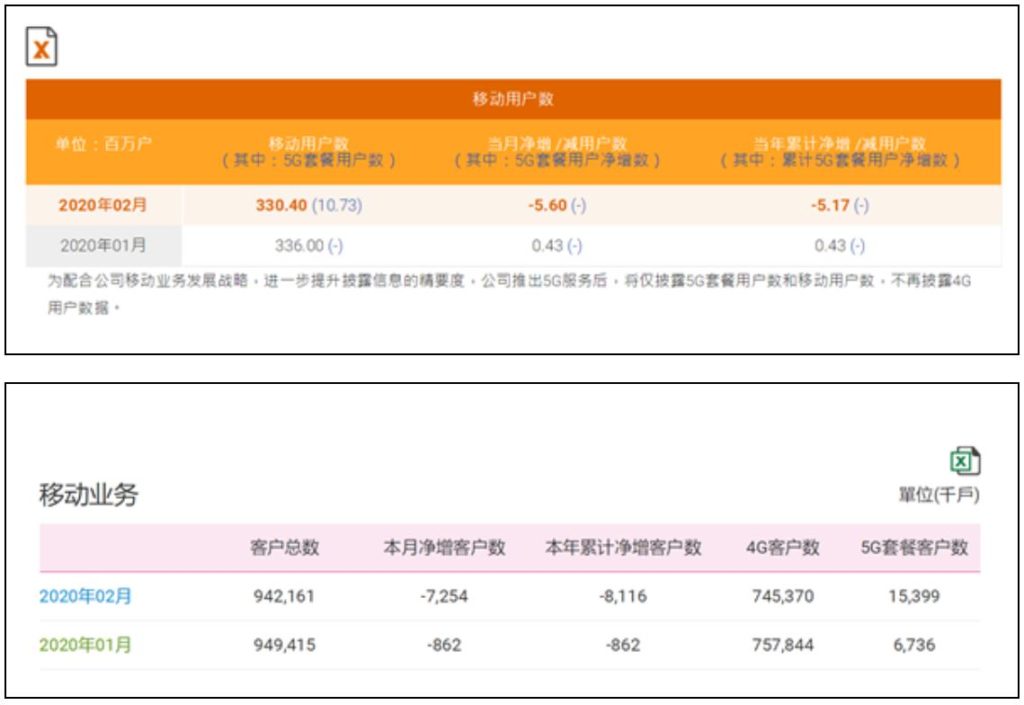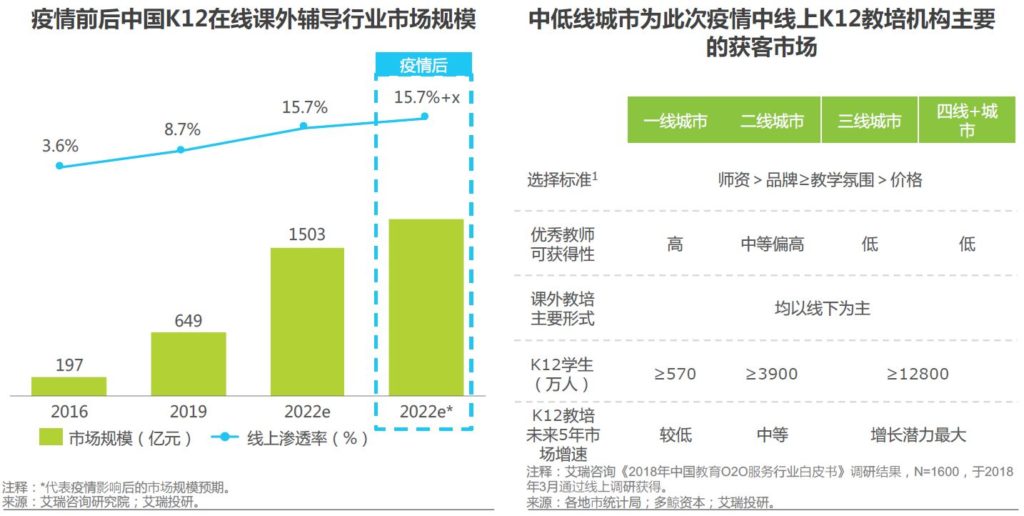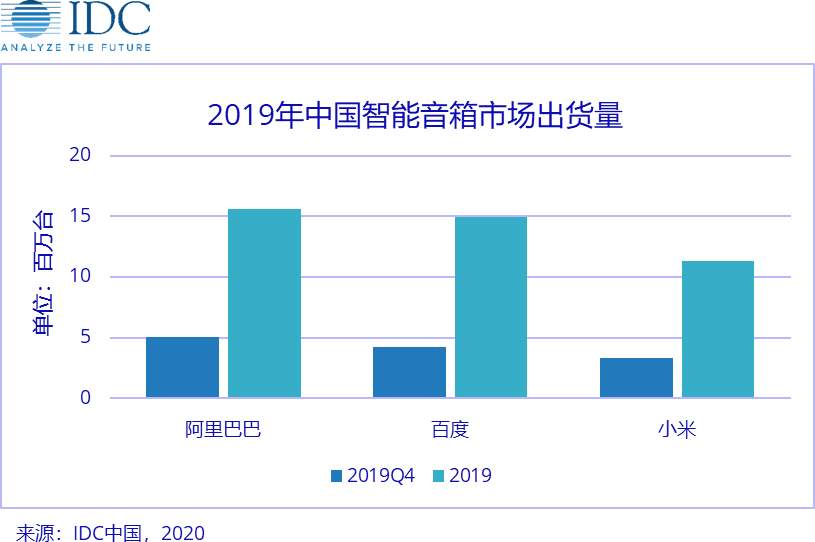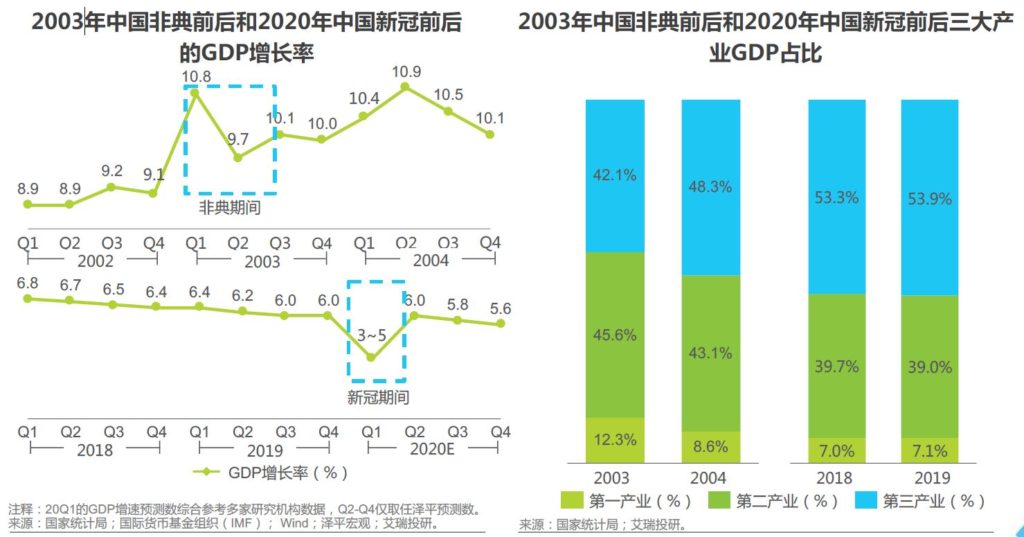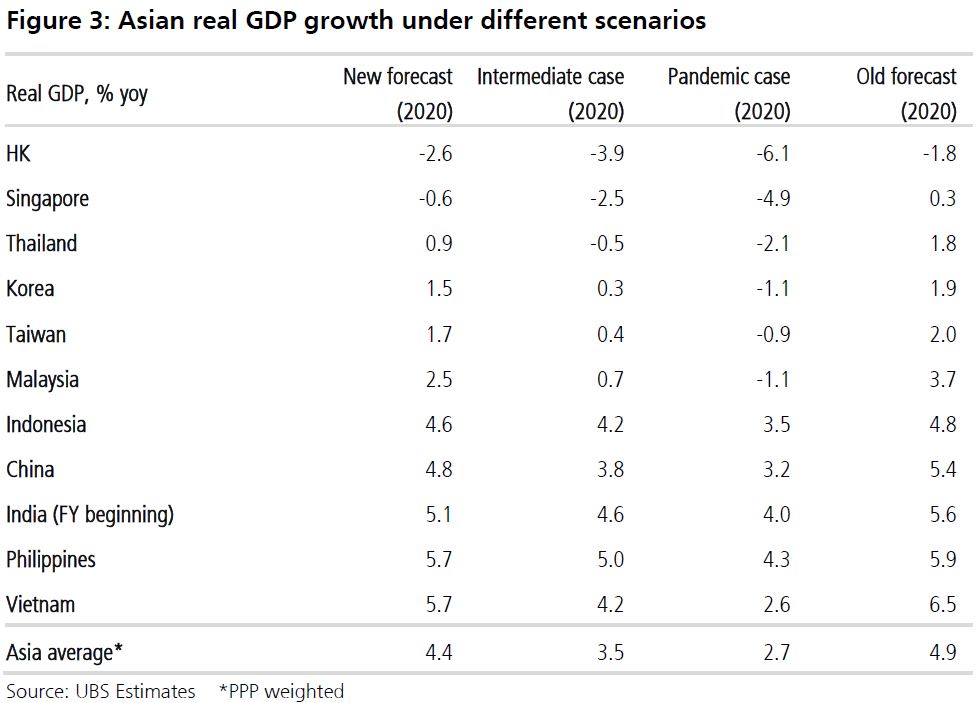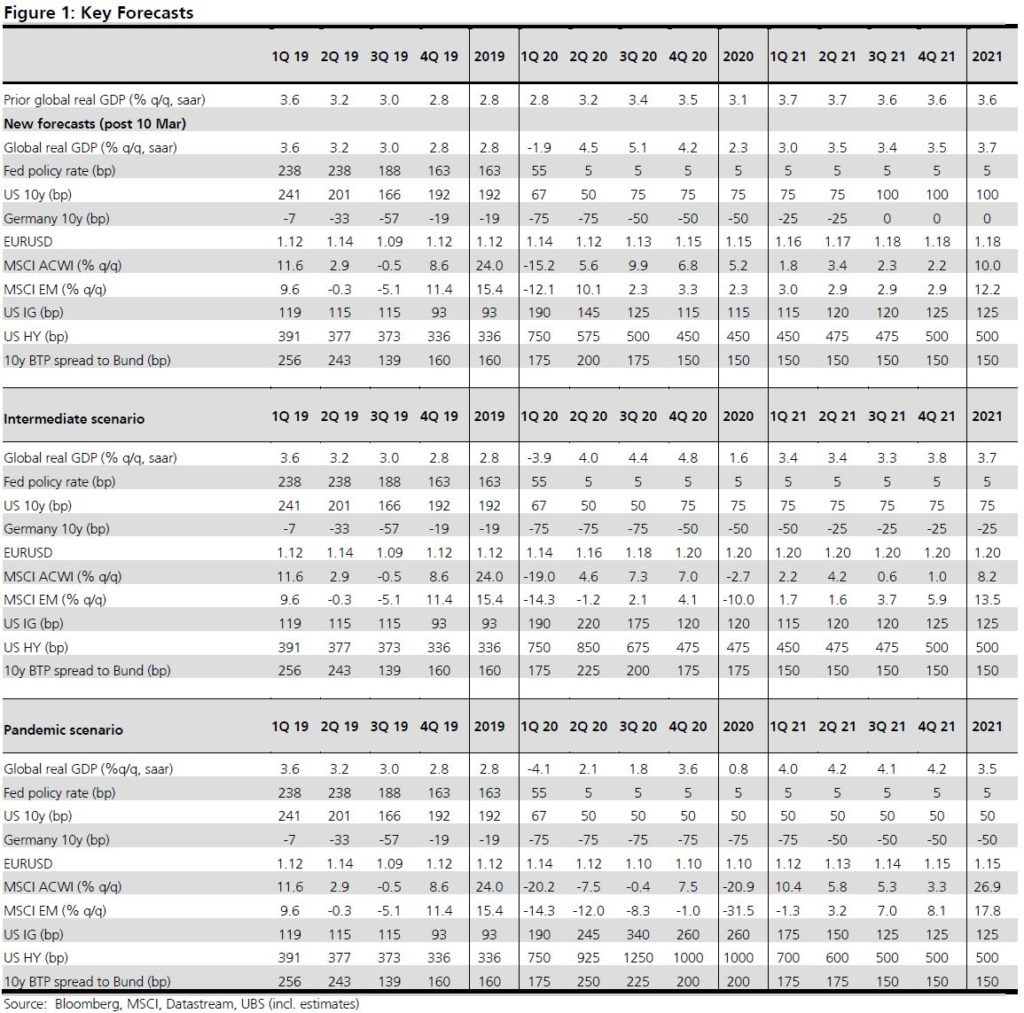
3-21: The FCC authorized SpaceX to begin rolling out as many as 1M ground antenna for its Starlink; Smartphone shipments would have declined 38% YoY due to the COVID-19 pandemic; etc.
Chipsets
According to IC Insights, U.S. companies held 55% of the total worldwide IC market in 2019 followed by the South Korean companies with a 21% share, down 6% from 2018. Taiwanese companies, on the strength of their fabless company IC sales, held 6% of total IC sales, one point less than the European companies. (Laoyaoba, IC Insights, press)
Quantum Machines has announced that it has raised USD17.5M in venture capital for its hardware and software system designed to help end users leverage the potential of quantum computing. Earlier 2020, the Tel Aviv-based startup has launched its Quantum Orchestration Platform, which combines aspects of middleware and an operating system to allow end users to write more powerful applications for quantum processors. (VentureBeat, Sina, Moore)
Touch Display
E Ink Holdings (EIH) says that it plans to expand its Advanced Color ePaper (ACeP) e-paper production to more sizes and start offering such displays to e-readers in 2020. The company also hopes to find customers in fields such as retailing, smart traffic, logistics, medical care and education. (E-Ink Info, Digitimes, Digitimes)
Memory
Western Digital’s SanDisk has recently launched its Max Endurance microSD cards that promise increased endurance, reliability, and are covered with a massive warranty. The SanDisk Max Endurance lineup of microSD cards includes models featuring a 32 GB, 64 GB, 128 GB, and 256 GB capacity. To maximize longevity of the SanDisk Max Endurance devices, they are waterproof, shockproof, X-ray-proof, and can work an extreme temperature range between -25°C and 85°C (-13°F to 185°F). (My Drivers, CN Beta, AnandTech)
There are 12 production lines in South Korea, which are located in Gyeonggi-do and Chungcheongbuk-do. The total production capacity is about 1200kwpm (12” wafers, the same below). The total domestic production capacity accounts for more than 80%. Samsung’s DRAM production capacity is concentrated in South Korea’s Hwaseong (Fab12, Fab13, Fab15, Fab16, Fab17) and Pyeongtaek (P1, P2). About 75% of NAND Flash production capacity is also located in the country (Fab12, Fab16, Fab17, P1, P2), and another 25% of production capacity is in Xi’an (Xi’an Phase I and Phase II). (CITIC Securities report)
China is also an important base for memory chip packaging of major global manufacturers. Except for KIOXIA / Western Digital, all major manufacturers have deployed packaging bases in China, widely distributed in Shanghai, Wuxi, Suzhou, Xi’an, Chengdu, Chongqing and other regions in central China. There are no major packaging and testing plants in Hubei. (CITIC Securities report)
From the perspective of capacity utilization and expansion, the total supply-side capacity is stable. It is estimated that the DRAM and NAND Flash capacity expansion rates will be 3% and 9.1% in 2020, respectively. During the 2018-2019 decline in storage prices, DRAM and NAND Flash vendors have postponed their expansion plans. At the same time, as the CMOS image sensor (CIS) benefited from the booming demand for multi-camera smartphones, Samsung and SK Hynix have also converted some older DRAM production lines to CIS production lines, resulting in a decline in overall DRAM production capacity. (CITIC Securities report)
Sensory
According to Maxtech International, the commercial application market size of infrared thermal imagers in 2023 is expected to reach USD7.465B, and the compound growth rate between 2019 and 2023 can reach 10.31%, which is much higher than the growth of the military market. For the commercial market, infrared thermal imaging cameras with lower costs and relatively simple structures to improve applicability have grown rapidly. (Changjiang Securities report)
Connectivity
As of the end of Feb 2020, China Mobile’s 5G subscribers were 15.399M, a net increase of 8.663M. As for China Telecom, it currently has 5.17M 5G subscribers. These two carriers collectively have 20.569M active 5G users. There is still China Unicom which has not released the number of 5G users it has. (GizChina, My Drivers)
The FCC authorized SpaceX to begin rolling out as many as 1M ground antenna for its Starlink internet project. Starlink is an ambitious network of about 12,000 satellites that SpaceX wants to use to provide high-speed internet to anywhere in the world. (CN Beta, Space News, CNBC)
Phone
According to Strategy Analytics, smartphone end-user YoY sales have plummeted by 39% in Feb 2020, while shipments have declined 38% YoY due to the COVID-19 pandemic. (Strategy Analytics, report, Android Authority)
On one hand, external conditions such as reduced customer acquisition costs and extended winter vacations (due to COVID-19) have brought positive development to online education. On the other hand, most offline education institutions are “forced to go online”. During the epidemic prevention and control, they have tried to use third-party tools or self-developed systems to conduct online live teaching accelerating the cultivation of user habits. Additionally, in mid-tier and low-tier cities with a large number of students, relatively short supply of high-quality education resources, and long-term dominance of local small and medium-sized educational institutions, the online education market has great potential. (iResearch report)
Based on figures from consulting firms (e.g., Frost & Sullivan, iResearch), JP Morgan estimates online K-12 after-school tutoring (AST) revenue to be CNY42.5B in 2019, more than quadrupled in 5 years since 2014 at a +40% CAGR. More importantly, this implies online has penetrated about 8.4% of the China’s K-12 AST market (based on revenues), a significant jump from 2.7% 5 years ago. (JP Morgan report)
Reflecting a likely boost from COVID-19 disruptions, JP Morgan now models what they believe to be a bull-case scenario, projecting the online K-12 after-school tutoring (AST) market to triple in 3 years to CNY127B (USD18B) and quintuple in 5 years to CNY214B (USD31B). This is predicated on the assumption that online AST’s revenue penetration can double to 18-19% by 2022 and triple to 26%+ by 2024 (versus 8%+ in 2019). (JP Morgan report)
Credit Suisse has analyzed retailers current inventory levels, sales forecasts, and typical inventory turns/ sales, to frame (illustratively) at what point current Chinese inventory on hand would run out. (Credit Suisse report)
Home
According to IDC, smart speakers shipment has reached 13.08M units in China in 4Q19, a YoY increase of 22.5%. With the rapid spread of artificial intelligence and voice interaction across all industries, China’s smart speaker market has experienced explosive development in the past year. In 2019, the smart speaker market shipments reached 45.89M units, a YoY increase of 109.7%. Alibaba, Baidu and Xiaomi account for more than 90% of the market share. (GizChina, CN Beta, IDC)
Automotive
Ride-hailing giant Ola has indicated that it is temporarily suspending its pool ride option, called Ola Share, in India in a bid to slow the coronavirus pandemic by encouraging social distancing. The Indian firm, which operates in several countries, including Australia, New Zealand and the U.K., offers Ola Share only in India. (CN Beta, TechCrunch, Deccan Herald)
Robotics
Diligent Robotics has announced the close of a USD10M Series A round to expand its fleet of nurse assistant robots for hospitals. Moxi is made to help reduce nurse workloads by doing things like collecting supplies, gathering soiled linens or delivering fresh ones, and comes to the market at a time when there’s a nurses of shortages. (CN Beta, TechCrunch, Diligent Robotics, VentureBeat)
Economy
The 2003 SARS epidemic has impacted China’s economic growth, but the subsequent recovery is rapid, and the GDP growth rate in 2003 is still stable. The nature of the virus transmitted through respiratory droplets and close contact has caused the tertiary industry to be affected by the epidemic more than the primary and secondary industries, while the COVID-19 virus is more infectious and the current proportion of tertiary industry in China has increased this objectively. Impact of the epidemic on the economy. (iResearch report)
UBS’s new forecast (dated: 11 Mar 2020) assumes COVID-19 is clearly receding by end 1Q20 and supply chain disruptions do not persist much into 2Q20. They revise Asian real GDP growth lower in this scenario by 50bps to 4.4% in 2020 from 5.2% in 2019. Malaysia, along with Thailand, Singapore and HK record the largest downgrades. China recovers most quickly in 2Q20. The recovery elsewhere is stymied by the weakness in the US and EU economies which, like India, seem likely to feel the effects of the virus outbreak with a lag. (UBS report)
UBS has revised forecasts for 25 countries as well as all major asset classes. In the new baseline, UBS expects global growth in 2020 to fall to 2.3% (was 2.9%) and eight countries to enter recession. However, UBS also considers two further escalation steps: an intermediate scenario where infections increase by a factor 1000 and a full pandemic scenario. In the former, global growth falls to 1.6% YoY (16 out of 28 countries in recession) and in the pandemic scenario to 0.8% (18/28 in recession). (UBS report)

